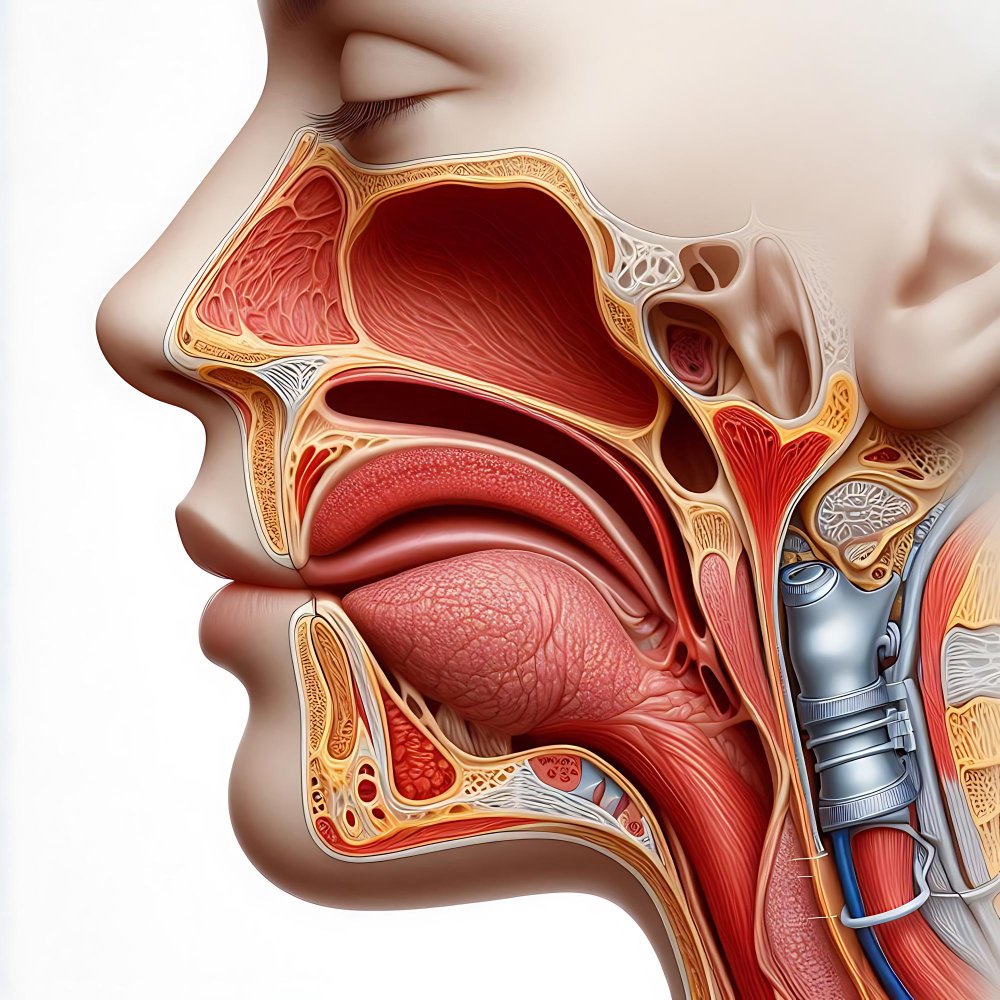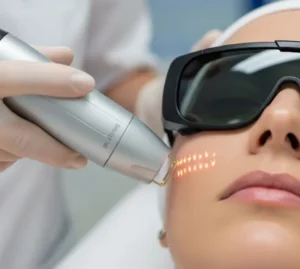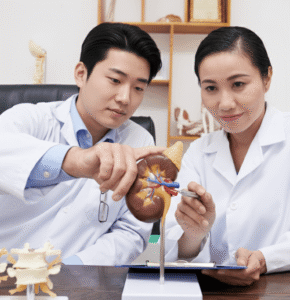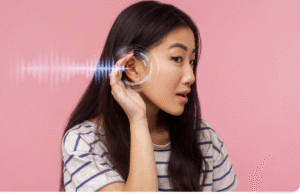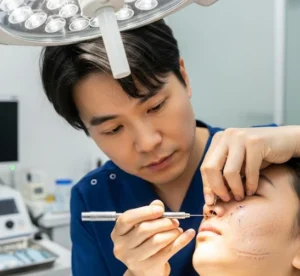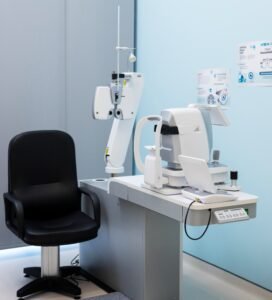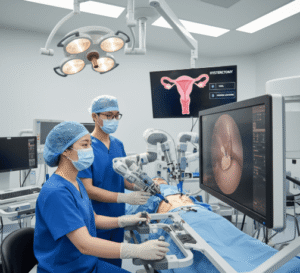Overview
Adenoid Cystic Carcinoma (ACC) is a rare type of cancer that typically arises in the salivary glands but can also develop in other areas such as the breast, tear glands, trachea, and respiratory tract. Known for its slow growth yet high potential for recurrence and nerve invasion, ACC poses unique challenges in diagnosis and long-term management.
What is Adenoid Cystic Carcinoma?
Adenoid Cystic Carcinoma is a malignant tumor originating in glandular tissue, most commonly affecting the major and minor salivary glands in the head and neck. It is characterized histologically by a cribriform (Swiss cheese-like) pattern, tubular formations, and solid structures.
Although ACC tends to grow slowly, it is highly infiltrative and can spread along nerves (perineural invasion), making complete surgical removal difficult. It has a tendency for late recurrences and distant metastases, often years after initial treatment.
Symptoms
The symptoms of ACC depend on the tumor’s location, but common signs include:
- A painless lump in the mouth, face, or neck
- Difficulty swallowing or speaking
- Facial pain or numbness (due to nerve involvement)
- Ear pain or hearing changes (if near ear structures)
- Breathing difficulty (if affecting airways or sinuses)
- Facial muscle weakness or paralysis
Causes
The exact cause of ACC is unknown. Like many cancers, it likely results from genetic mutations that trigger uncontrolled cell growth in glandular tissues. There are no well-established environmental or lifestyle causes, and it rarely runs in families.
Risk Factors
While specific risk factors are unclear, some general and possible contributors include:
- Age: Most common in adults aged 40–60
- Gender: Slightly more common in females
- Radiation exposure: History of radiation to the head or neck may increase risk
- Genetic mutations: Abnormalities in the MYB or MYBL1 genes are frequently observed in ACC
Complications
ACC is known for its complex clinical behavior and potential complications, such as:
- Perineural invasion: Spreads along nerves, causing pain and functional impairments
- Recurrence: High chance of local recurrence, even after treatment
- Distant metastasis: May spread to lungs, liver, bones, or brain—often years later
- Difficulty in surgical removal: Due to tumor’s infiltration into surrounding tissues
- Speech and swallowing difficulties: If located in salivary glands or throat
Prevention
Because the exact cause is unknown and risk factors are not well-defined, there are no specific prevention strategies for ACC. However:
- Avoid unnecessary radiation exposure
- Routine check-ups for persistent lumps or oral symptoms
- Early biopsy of suspicious masses can lead to prompt diagnosis and treatment
Treatment Options Korea
1. Surgical Resection
- Primary treatment for localized ACC
- Goal is complete tumor removal with clear margins
- Performed by head and neck surgeons, ENT, or maxillofacial surgeons depending on tumor site
- Common locations include salivary glands, trachea, breast, or lacrimal glands
2. Postoperative Radiation Therapy
- Often used after surgery due to ACC’s tendency for perineural invasion and local recurrence
- Intensity-Modulated Radiation Therapy (IMRT) or proton therapy used for precision
- Available in Korea’s tertiary cancer centers (e.g., National Cancer Center, Samsung Medical Center)
3. Chemotherapy (Limited Use)
- ACC is generally resistant to chemotherapy
- Used in:
- Advanced or metastatic disease
- Unresectable tumors
- Regimens may include cisplatin, cyclophosphamide, or 5-FU, but with modest benefit
4. Targeted and Experimental Therapies
- Molecular profiling may be performed in clinical trials or advanced cases
- Experimental treatments targeting MYB or NOTCH gene alterations being studied
- Some Korean hospitals may offer access to clinical trials or off-label regimens
5. Surveillance and Follow-Up
- Long-term monitoring due to slow but persistent risk of recurrence or distant metastasis (especially lungs, bones, liver)
- Chest CTs, PET scans, and neurological exams recommended periodically
6. Reconstructive and Supportive Care
- Reconstructive surgery for cosmetic or functional restoration after tumor removal
- Speech, swallowing, and psychological support provided through rehabilitation teams
- Access to patient advocacy and rare cancer support groups in Korea

